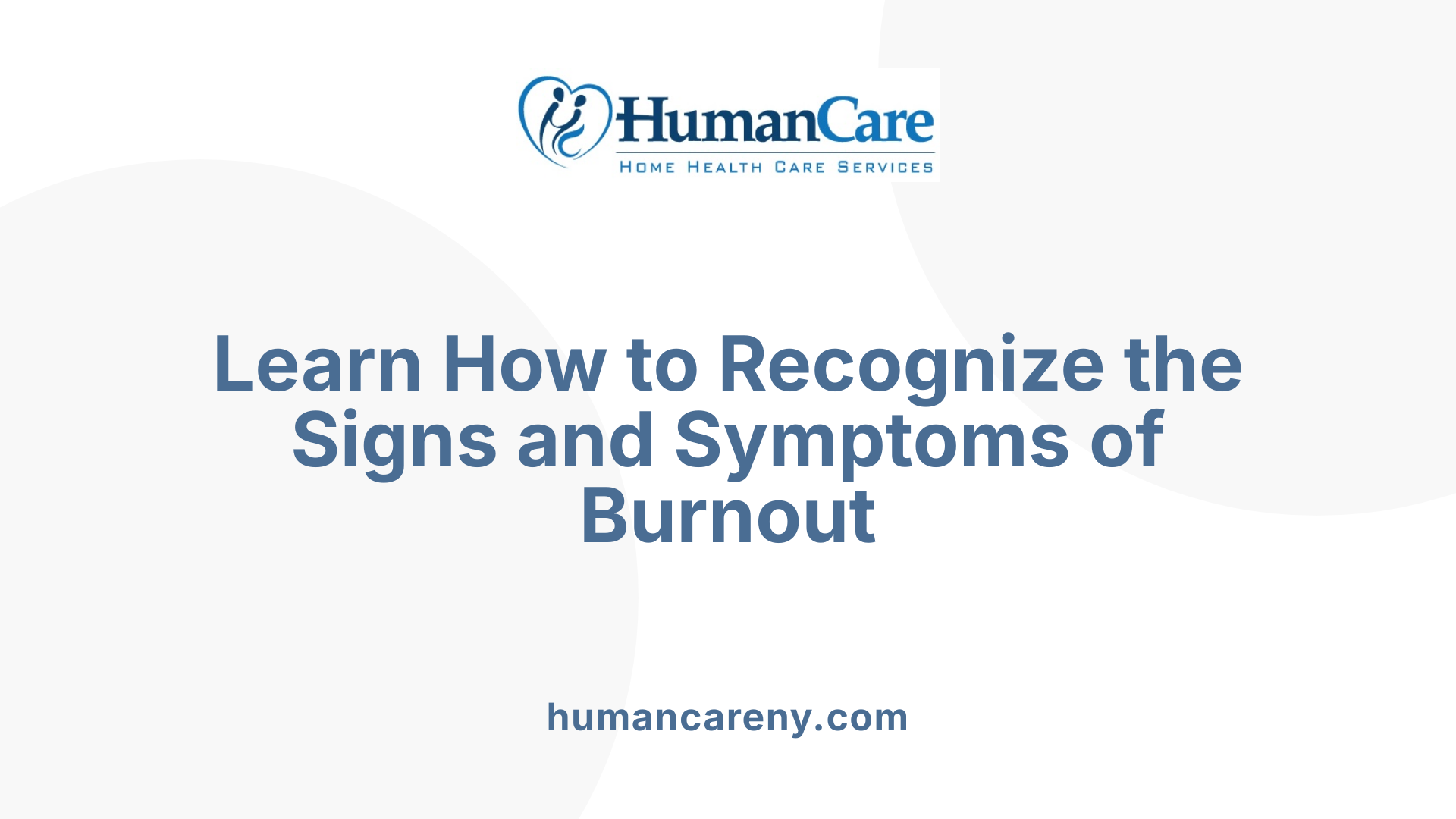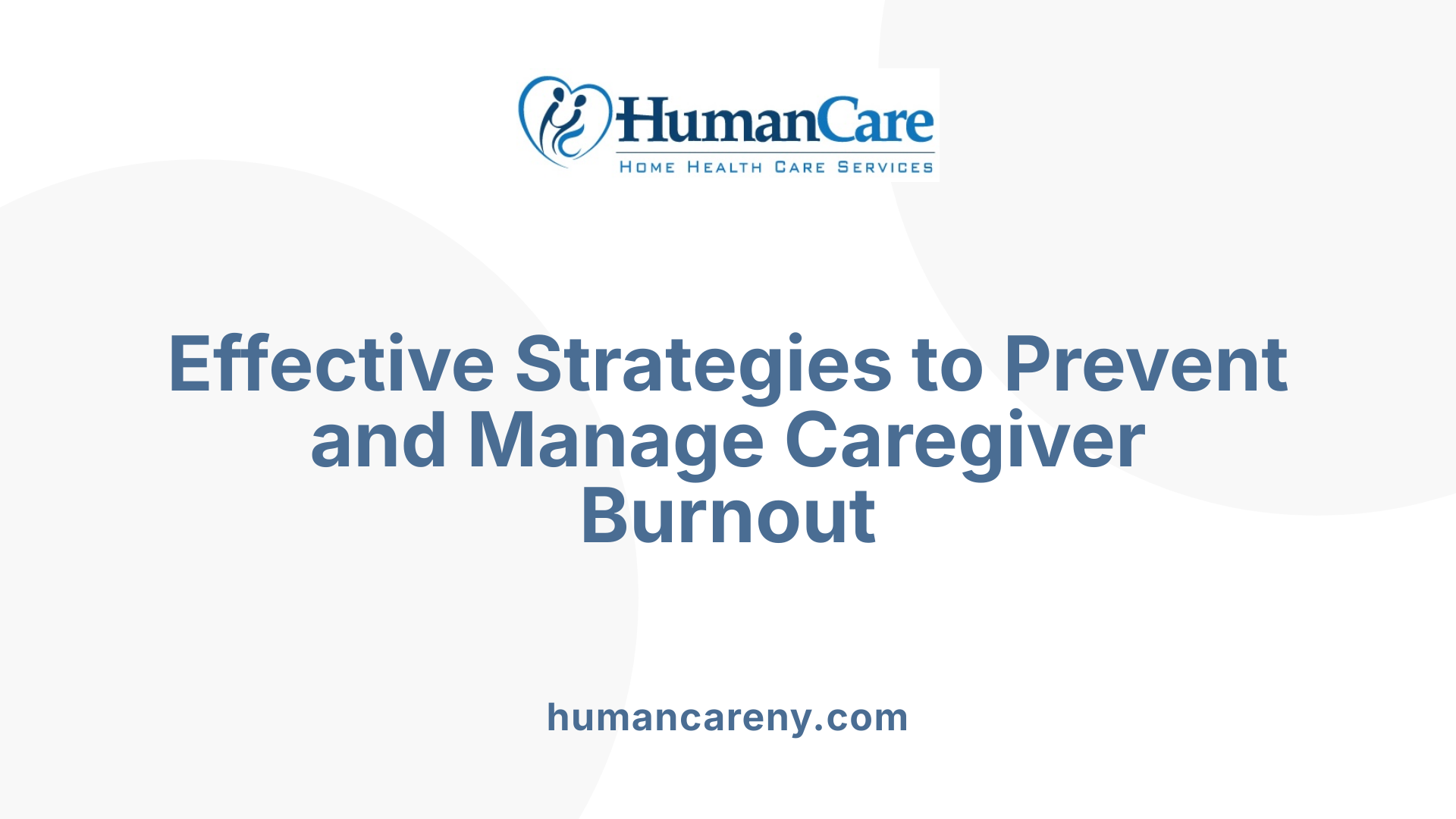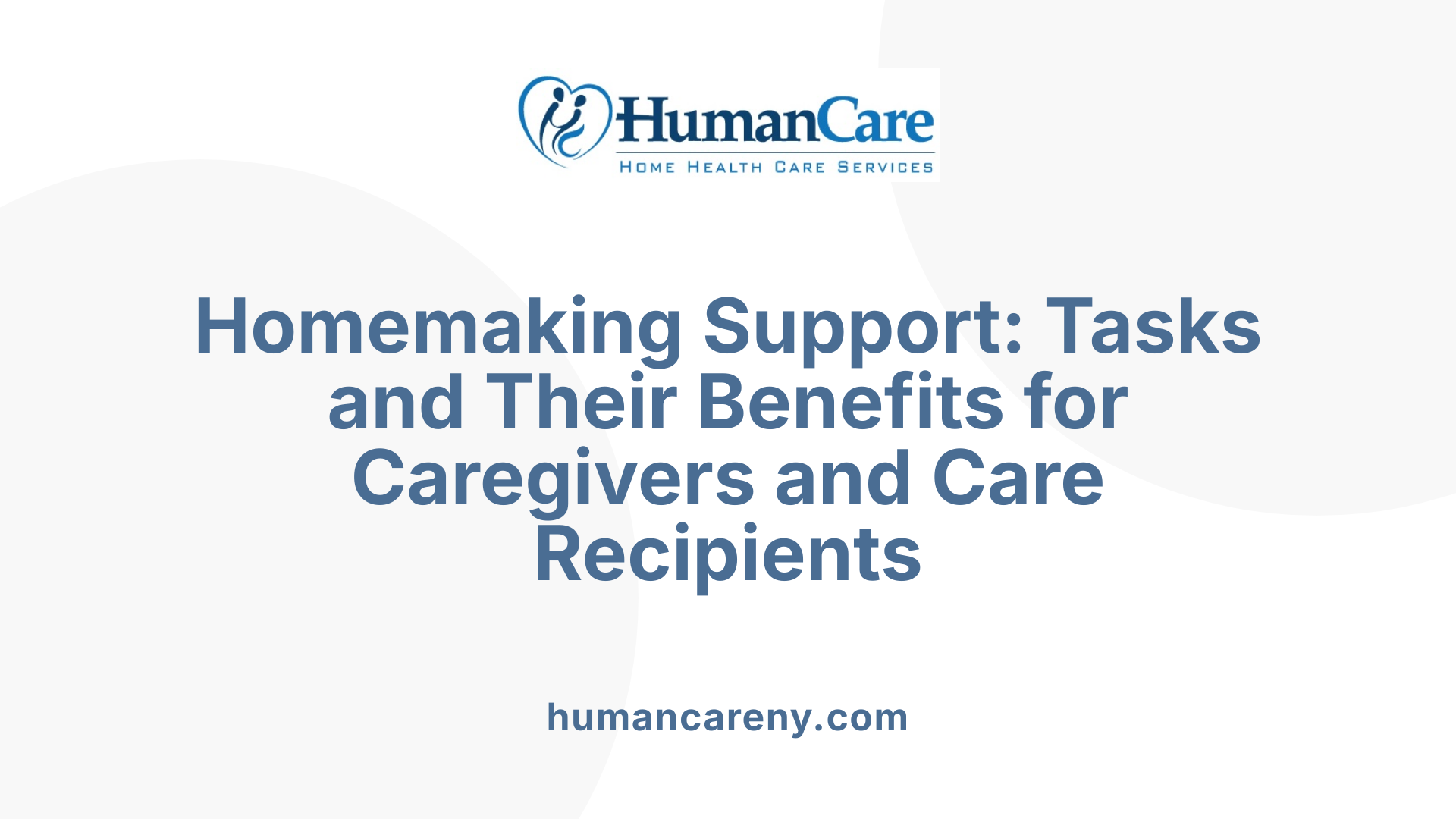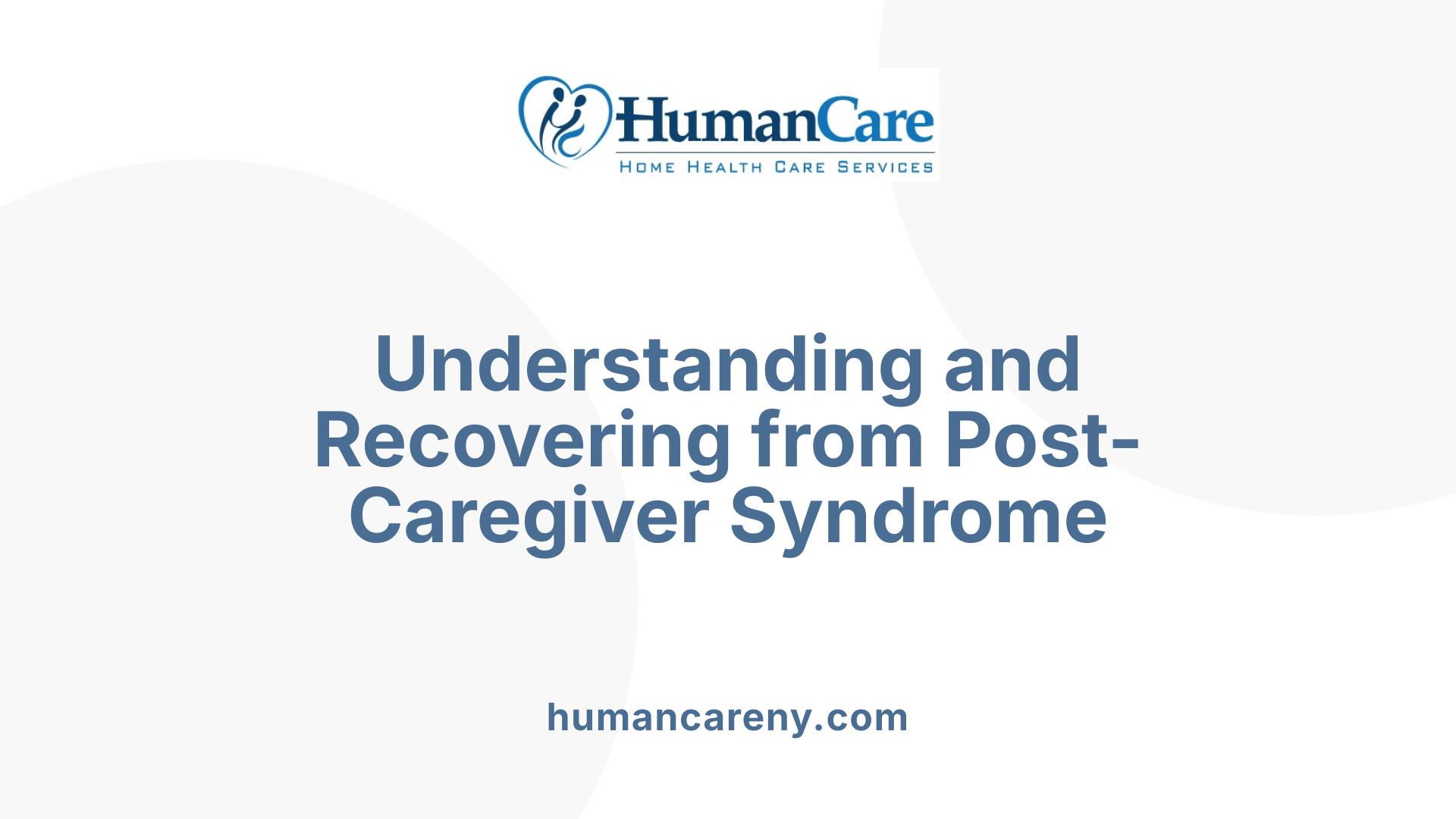Understanding and Combating Caregiver Burnout with Homemaking Support
Caregiver burnout affects over 60% of those caring for loved ones, leading to physical, emotional, and mental exhaustion. Recognizing signs early and implementing supportive strategies are essential for maintaining caregiver well-being and ensuring quality care for recipients. Homemaking support plays a vital role in alleviating caregiver burdens by helping manage daily responsibilities and fostering independence for care recipients.
What Is Caregiver Burnout and Its Significance
What is caregiver burnout and why is it important to address?
Caregiver burnout refers to a state of deep physical, emotional, and mental exhaustion that arises from ongoing caregiving responsibilities. It affects over 60% of caregivers, many of whom experience symptoms like fatigue, irritability, hopelessness, sleep changes, and physical health issues such as headaches or increased illnesses.
This type of burnout develops gradually due to persistent stressors associated with providing care for loved ones, especially those with chronic illnesses or disabilities. Contributing factors include role confusion, high responsibilities, unpredictability, lack of support, and feelings of isolation or guilt. For instance, many caregivers feel overwhelmed because they balance their own lives while managing complex medical needs, often without enough assistance.
Addressing burnout is crucial because it impacts both the caregiver and the person receiving care. When caregivers neglect their own health, their physical and mental well-being decline, which can lead to depression, anxiety, and even physical health problems. Moreover, burnout can diminish the quality of care, leading to increased risks for the care recipient.
Preventive measures include seeking support from healthcare professionals, engaging in self-care activities like proper nutrition and exercise, and utilizing respite services such as in-home help or adult day care centers. Recognizing signs early and taking proactive steps can sustain caregivers' health, improve their resilience, and ensure they can continue providing effective care.
Recognizing the Signs and Symptoms of Burnout

What are common signs and symptoms of caregiver burnout?
Caregiver burnout manifests through various emotional, physical, and behavioral signs. Emotionally, caregivers often feel overwhelmed by feelings of hopelessness, helplessness, anxiety, depression, and irritability. They may experience mood swings and find it hard to concentrate or focus on tasks.
Physically, burnout can lead to persistent fatigue, frequent headaches, muscle pain, sleep disturbances—whether sleeping too much or too little—and fluctuations in appetite or weight. Caregivers might also notice that they become more susceptible to illnesses, neglect their personal health routines, or turn to substances such as alcohol or drugs to cope.
Behaviorally, signs include withdrawing from social activities, losing interest in hobbies, and avoiding interactions they once enjoyed. Some may display increased irritability or frustration, make mistakes more often, or fail to keep up with responsibilities. Recognizing these indicators early enables caregivers to seek help promptly, adopt self-care practices, and utilize available support resources to prevent further deterioration of their health and well-being.
Preventative and Management Strategies

What strategies can help prevent or manage caregiver burnout?
Caregiver burnout is a common challenge that affects many individuals providing care, often leading to emotional exhaustion and physical health problems. Fortunately, there are effective strategies to prevent or manage burnout, ensuring caregivers maintain their well-being.
A primary approach is seeking support. Connecting with family members, friends, or support groups can lighten the caregiving load. Professional services like counseling or respite care provide essential relief, allowing caregivers to rest and recharge. Building a strong support network is vital in sharing responsibilities and reducing feelings of isolation.
Self-care practices are equally important. Carers should prioritize activities that promote physical and emotional health, such as engaging in regular exercise, eating nutritious meals, and ensuring sufficient sleep. Taking time for hobbies or relaxation techniques like meditation can help manage stress and maintain resilience.
Setting realistic goals is another key strategy. By managing expectations and breaking tasks into manageable steps, caregivers can avoid feeling overwhelmed. Staying organized with schedules and routines can also help in maintaining a sense of control.
Utilizing respite care services offers temporary relief, whether through in-home support, adult day centers, or short-term stays in nursing homes. These services provide caregivers with necessary breaks, reducing fatigue and preventing long-term burnout.
Finally, incorporating stress reduction techniques such as deep breathing exercises, mindfulness, or yoga can significantly improve emotional stability. Consistent use of these techniques can help caregivers stay calm and focused, even during demanding periods.
In summary, a combination of seeking support, practicing self-care, setting achievable goals, using respite options, and engaging in stress relief methods creates a comprehensive approach to maintaining caregiver health. Early implementation of these strategies helps safeguard against burnout, ensuring caregivers can continue providing quality care while caring for themselves.
The Role of Homemaking Support in Alleviating Burden

What are the different types of homemaking services?
Homemaking services include a broad range of support designed to assist with daily living activities within the home. These services typically involve help with household chores such as cleaning, laundry, and grocery shopping. They also provide assistance with meal preparation, grooming, bathing, mobility support, and medication reminders. In some cases, homemaker services can extend to help with recovery after surgery or managing chronic illnesses, thereby promoting independence and comfort for the individual. Most services are tailored to meet individual needs, ensuring flexibility and personalization.
How do homemaking services benefit caregivers and care recipients?
Homemaking support offers significant relief for caregivers by reducing their workload and emotional strain. It helps prevent caregiver exhaustion by sharing responsibilities, thereby enabling caregivers to focus on emotional support and more complex caregiving tasks.
For care recipients, these services enhance quality of life by maintaining a safe, clean, and comfortable environment. They help sustain independence, prevent accidents, and promote mental well-being through companionship and assistance with daily activities. Overall, homemaking services foster emotional stability and improve the health outcomes of those receiving care.
What is the impact on independence and safety?
Providing homemaking services helps older adults and disabled individuals stay in their homes longer, supporting their independence. Regular assistance decreases the risk of falls and health complications linked to neglect of personal or household care.
Maintaining a safe environment is central to these services: tasks like medication reminders and mobility support reduce hazards and promote health. Additionally, staying at home with proper assistance supports mental health by preserving familiar routines and social connections, which are important for emotional resilience.
How do professional standards and personalization influence homemaking support?
Homemaker services adhere to professional standards that include training in caregiving tasks, emergency response, maintaining dignity, and respecting privacy. Care plans are personalized based on individual preferences, health conditions, and specific needs, with ongoing review and adjustments. This individualized approach ensures that support is effective, respectful, and aligned with the recipient’s goals.
Legally, providers comply with employment and confidentiality laws to protect clients’ rights and safety. The combination of professional training and customized care allows homemaking services to be both effective and respectful of personal circumstances, reinforcing trust and consistency in support.
| Service Type | Main Focus | Additional Benefits |
|---|---|---|
| Household Chores | Cleaning, laundry, shopping | Reduces physical burden, enhances cleanliness |
| Personal Care | Grooming, bathing, mobility | Promotes dignity, prevents health risks |
| Medical Assistance | Medication reminders, recovery help | Ensures health management |
| Companionship | Conversation, emotional support | Reduces loneliness, supports mental health |
Why is homemaking support essential?
With over 40 million Americans involved in unpaid caregiving, these services play a crucial role in health and well-being.
By alleviating some of the daily responsibilities, homemaking services help caregivers avoid exhaustion and burnout, which can lead to serious health issues. Moreover, they enable care recipients to live more independently and safely at home, reducing the need for institutional care.
Overall, professional homemaking services are vital for fostering a supportive environment where both caregivers and care recipients can thrive. Their personalized, high-standard approach ensures that everyone’s dignity and wellbeing are prioritized, making a significant difference in quality of life.
Resources and Support for Caregivers’ Well-Being
 There are numerous resources available to caregivers to support their well-being, including government and community-based programs. Federal agencies such as the Administration for Community Living, the National Institute on Aging, and the VA Caregiver Support Program offer important services like caregiver training, emotional support, respite care, and financial aid. These programs aim to reduce caregiver stress and help maintain their health.
There are numerous resources available to caregivers to support their well-being, including government and community-based programs. Federal agencies such as the Administration for Community Living, the National Institute on Aging, and the VA Caregiver Support Program offer important services like caregiver training, emotional support, respite care, and financial aid. These programs aim to reduce caregiver stress and help maintain their health.
Online resources also play a crucial role. Websites like MedlinePlus, Medicare.gov, and caregiver-focused platforms provide helpful educational materials, practical caregiving tips, and online support groups. These digital tools allow caregivers to seek guidance, share experiences, and find peer support from the comfort of their homes.
Local community services are vital for immediate assistance. The Eldercare Locator and local community centers can connect caregivers with services such as Meals on Wheels, adult day care options, transportation assistance, and home care services. These support systems are designed to ease caregiving burdens and improve quality of life for both caregivers and recipients.
Private organizations also contribute significantly. Groups like AARP, the Caregiver Action Network, and disease-specific charities offer tailored resources, peer support networks, and toolkits aimed at enhancing caregiver resilience and well-being.
Utilizing a combination of government programs, online platforms, community services, and private support networks can help caregivers manage their responsibilities while maintaining their own health and life balance.
Post-Caregiver Syndrome and Emotional Recovery

What is Post-Caregiver Syndrome?
Post-Caregiver Syndrome occurs in the period after a caregiver has experienced the loss of their loved one or when caregiving responsibilities diminish. It is marked by intense feelings of exhaustion, grief, guilt, and sometimes a sense of lost purpose. Caregivers often report emotional upheaval, such as depression or anxiety, and physical fatigue due to prolonged stress and physical demands of caregiving.
This syndrome reflects the toll that ongoing caregiving can take on both mental and physical health. It emphasizes the importance of recognizing emotional aftereffects and seeking timely support. Many caregivers find it helpful to validate their emotions and understand that these feelings are natural responses to their experiences.
Recovery involves a combination of self-care, emotional support, and community resources. Engaging in activities like mindfulness, therapy, or counseling can assist in processing grief. Support groups—both online and in-person—offer shared experiences and guidance. Platforms such as CaringBridge provide emotional outlets and facilitate access to helpful information and connections.
Building a network of friends, family, and mental health professionals, along with setting aside time for oneself, is critical in healing from caregiver burnout and emotional distress. Recognizing that recovery takes time, patience and compassionate self-talk are vital.
Overall, understanding and addressing post-caregiver syndrome is essential for emotional healing and regaining a sense of well-being after the caregiving journey concludes.
Distinguishing Burnout from Compassion Fatigue and Other Conditions
How does caregiver burnout differ from compassion fatigue?
Caregiver burnout and compassion fatigue are both emotional challenges faced by those caring for others, but they have distinct differences. Burnout gradually develops over time due to prolonged stress, excessive responsibilities, and feelings of being overwhelmed. It manifests as physical exhaustion, irritability, social withdrawal, and hopelessness. On the other hand, compassion fatigue can happen suddenly after exposure to traumatic or emotionally intense situations. It often results in emotional numbness, reduced empathy, and self-blame. While burnout stems from ongoing stress related to caregiving tasks or workload, compassion fatigue is typically linked to secondary traumatic stress from emotionally distressing experiences.
Understanding these differences helps caregivers adopt the right strategies to support their health. Managing burnout might focus on improving workload, self-care, and setting boundaries, whereas addressing compassion fatigue often requires emotional processing, counseling, and restorative activities. Recognizing which condition a caregiver is facing enables targeted interventions, reducing risks of long-term health effects and improving the quality of care provided.
Supporting Caregivers Through Holistic Approaches
Addressing caregiver burnout requires a comprehensive approach that includes homemaking support, emotional and mental health resources, community engagement, and self-care. Recognizing early signs, seeking help proactively, and utilizing available services can significantly reduce stress and enhance quality of life for caregivers and care recipients alike. By fostering a supportive environment and promoting independence and well-being, communities can help sustain caregivers in their vital roles while maintaining their health and happiness.
References
- Caregiver Burnout: What It Is, Symptoms & Prevention
- Caregiver stress: Tips for taking care of yourself - Mayo Clinic
- Caregiver Help: Overcoming Burnout and Seeking Support
- 8 Ways to Combat Caregiver Burnout - Hope Human Services
- Relief From Caregiver Burnout: Support For Parents
- The Benefits of Utilizing Homemaker Services for In-Home Care
- Tools for Overcoming Caregiver Stress While Caring for Aging ...
- Seven Unique Ways to Address Caregiver Burnout - ShiftKey
- Finding Balance: 8 Tips for Avoiding Caregiver Burnout
- Effective Strategies for Managing Caregiver Stress and Burnout



